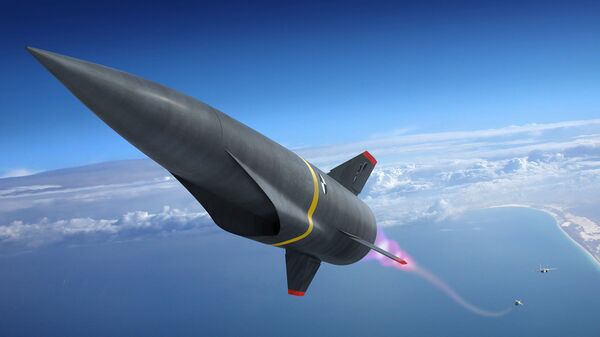Air Force spokeswoman Ann Stefanek revealed Monday that budget pressure, rather than performance, influenced the service’s decision to abandon its HCSW program and continue its development of the Air-Launched Rapid Response Weapon (ARRW) - its other hypersonic weapon program.
“We will continue to work collaboratively with our sister services to see how we can most effectively leverage each other’s capabilities, ensuring the most prudent use of taxpayer dollars,” she said in a statement emailed to Defense News on February 10.
Stefanek said that Lockheed Martin, which was developing both hypersonic weapons, will have to conclude its work associated with the HCSW program following the service’s critical design review of the product in the spring. The ARRW is slated to reach early operational capability in fiscal year 2022.
While the US is investing some $576 million into hypersonic prototyping in fiscal year 2020, that investment is projected to drop to $382 million for fiscal year 2021, according to Defense News.
"The HCSW team successfully met all developmental milestones. These advancements will serve to expedite the generation and demonstration of various hypersonic weapon capabilities in the near future,” Stefanek said.
This news more than likely comes as a shock to both the Lockheed Martin development team and Aerojet Rocketdyne, which announced in December 2019 that it was awarded an $81.5 million subcontract to develop the solid-fuel rocket motor meant to propel the hypersonic missile. Lockheed Martin itself received the primary contract, valued at up to $928 million, in 2018.
During an address to the nation on January 8, US President Donald Trump touted the US’ arsenal of “big, powerful, accurate, lethal and fast” missiles and said the country had “many” hypersonic missiles “under construction.”
At the same time, Joint Chiefs of Staff Vice Chairman Gen. John Hyten confessed last month that the US military had fallen behind in the field of hypersonic weapons research and development.
“We are now locked in a serious competition with other nations in the hypersonic arms sphere. We used to be in the forefront 10 years ago,” he said during a speech at the Center for Strategic and International Studies on January 17, likely speaking of China and Russia. In January, Russian President Vladimir Putin observed the launch of the hypersonic Kh-47M2 Kinzhal missile from a modified MiG-31K fighter jet.


